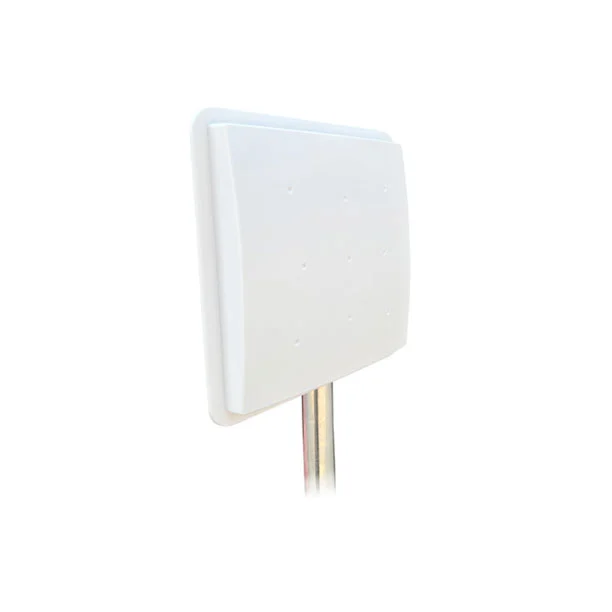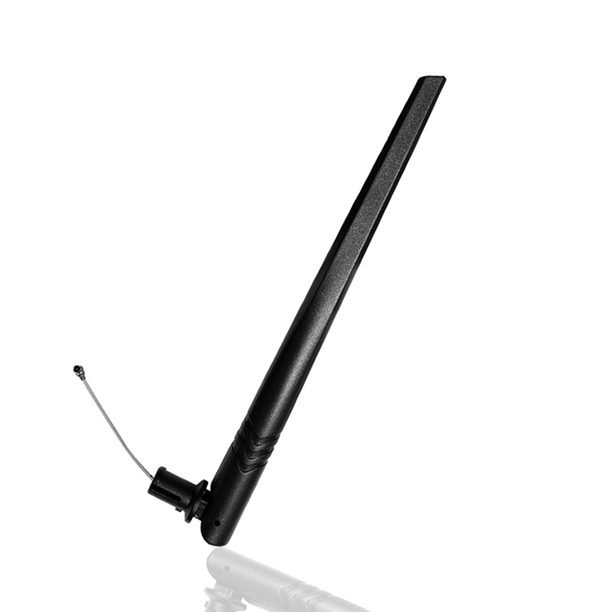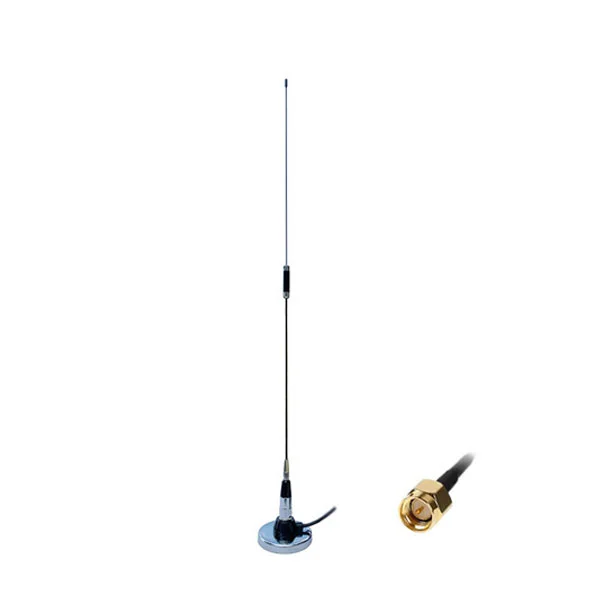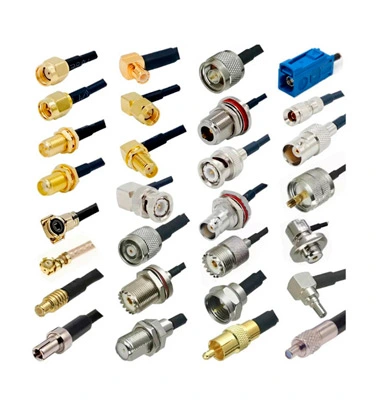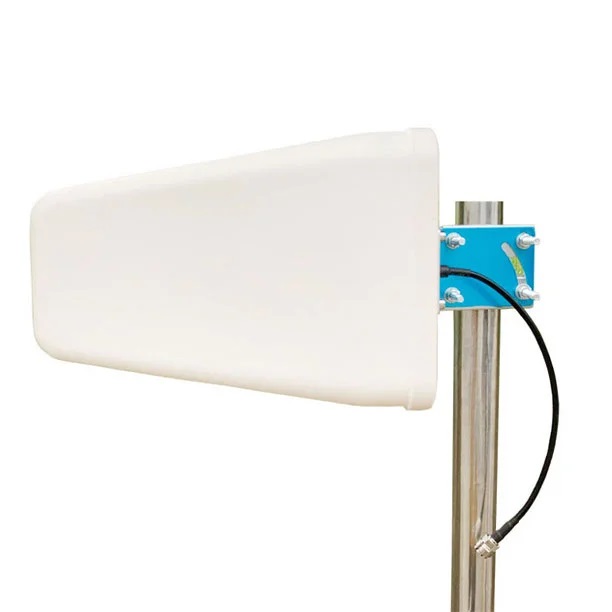A 2.4 GHz dish antenna is a directional antenna that operates in the 2.4 GHz frequency band, commonly used for Wi-Fi, Bluetooth, and some cordless phones. It's known for its ability to focus radio waves in a specific direction, resulting in longer range and stronger signal compared to omnidirectional antennas.
Here's a complete guide to 2.4 GHz dish antenna:
Types of Dish Antennas:
Parabolic Dish: The most common type, resembling a satellite dish. It concentrates radio waves in a narrow beam, offering the best range and signal strength.
Grid Parabola: Similar to a parabolic dish but with a grid-like structure instead of a solid reflector. It's lighter and less susceptible to wind, but may have slightly lower gain.
Panel Antenna: Flat rectangular antenna with multiple radiating elements. Offers good directional performance and wider beamwidth than parabolic dishes, making it suitable for covering wider areas.
Factors to Consider When Choosing a Dish Antenna:
Gain: Measured in decibels (dB), it indicates the antenna's ability to amplify the signal. Higher gain antennas provide better range but have a narrower beamwidth.
Beamwidth: The angle over which the antenna transmits or receives signals effectively. Wider beamwidth covers larger areas but reduces signal strength in specific directions.
Frequency Range: Ensure the antenna covers the specific 2.4 GHz band you need (e.g., 2.4-2.483 GHz for Wi-Fi).
Connector Type: Choose an antenna with a connector compatible with your device (e.g., N-type, RP-SMA).
Impedance: Typically 50 ohms for Wi-Fi applications.
Applications of 2.4 GHz Dish Antennas:
Extending Wi-Fi range: Ideal for connecting to distant access points or bridging networks over long distances.
Point-to-point wireless links: Used for creating dedicated wireless connections between two locations, like buildings or surveillance cameras.
Wireless video transmission: For sending video signals over long distances without cables.
Installation Tips:
Mount the antenna in a clear line of sight to the target device or area.
Avoid obstructions like trees, buildings, or metal objects that can block the signal.
Use proper cabling and connectors to minimize signal loss.
Ground the antenna for lightning protection if installed outdoors.
Remember: Choosing the right 2.4 GHz dish antenna depends on your specific needs and application. Consider factors like desired range, signal strength, coverage area, and budget before making a purchase.

 English
English